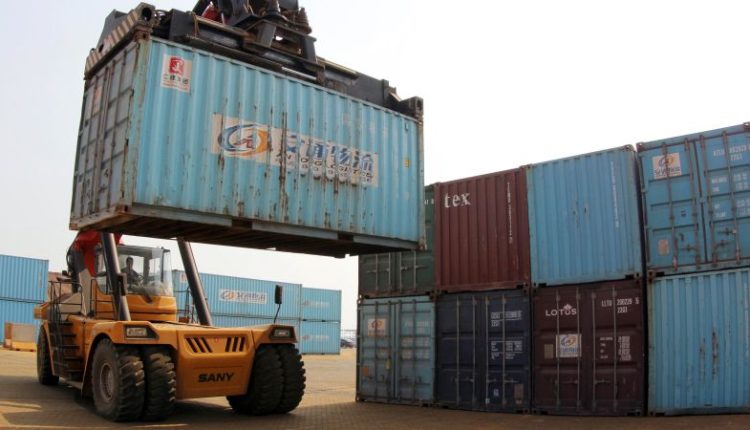If former President Donald Trump returns to the White House, tariffs will once again play a major role in his policy agenda.
Trump has repeatedly said he plans to impose an across-the-board tariff of either 10% or 20% on every import coming into the US, as well as a tariff upward of 60% on all Chinese imports, in a bid to encourage American manufacturing.
“Tariffs are the greatest thing ever invented,” Trump said last month at a town hall event in Michigan.
But as with many economic policies, there are trade-offs, and Trump doesn’t talk about the negative effect tariffs could have on US businesses and consumers. He’s also often falsely described how tariffs work.
Vice President Kamala Harris has referred to her opponent’s tariff policy as a “Trump Tax.” Several independent studies have found that the new tariffs, if implemented, would raise costs for the average middle-class family, with estimates ranging between $1,350 and $3,900 a year.
Here are three charts to help explain the impact of tariffs:
For years, Trump has inaccurately claimed that foreign countries pay the tariffs. But in reality, the tariff is paid by the US-based company that imports the good.
Study after study, including one from the federal government’s bipartisan US International Trade Commission, has found that Americans have borne almost the entire cost of Trump’s tariffs on Chinese products.
In total, Trump’s previous tariff actions put duties on about 14% of US imports – a relatively small share compared with the across-the-board tariff he has pledged to implement on 100% of imports if elected.
When Trump was in office, he implemented tariffs on about $380 billion worth of goods imported into the US, according to a Tax Foundation analysis.
These duties applied to thousands of Chinese-made products, including baseball hats, luggage, bicycles, TVs and sneakers. The Trump tariffs also hit foreign steel, aluminum, washing machines and solar panels.
The Biden-Harris administration has kept most of these tariffs in place and increased the rate of some of the duties.
Trump has said that if he wins the election, his administration could use tariffs to boost domestic manufacturing, create jobs and bring in billions of dollars to help pay for other policy initiatives.
He’s proposed extending tax cuts implemented in 2017, as well as eliminating taxes on tips, overtime pay and Social Security benefits – all of which cost money.
At a speech in September, Trump also said the tariff revenue could pay for a child care initiative. And CNBC reported that he’s floated the idea of replacing the federal income tax with tariff revenue.
“Eventually our country will be making substantially more money, over and above cost, and we will start a massive debt reduction,” Trump said during an October speech at the Detroit Economic Club.
But even if Trump implements tariffs on all US imports, the resulting revenue is unlikely to cover all these costs.
The Committee for a Responsible Federal Budget recently estimated that Trump’s tariff plan would not generate enough revenue to pay for his other spending proposals.
Ultimately, the group estimated that Trump’s proposals would add $7.5 trillion to the national debt over the next decade. Harris’ proposals, by comparison, would add an estimated $3.5 trillion.
Read the full article here

